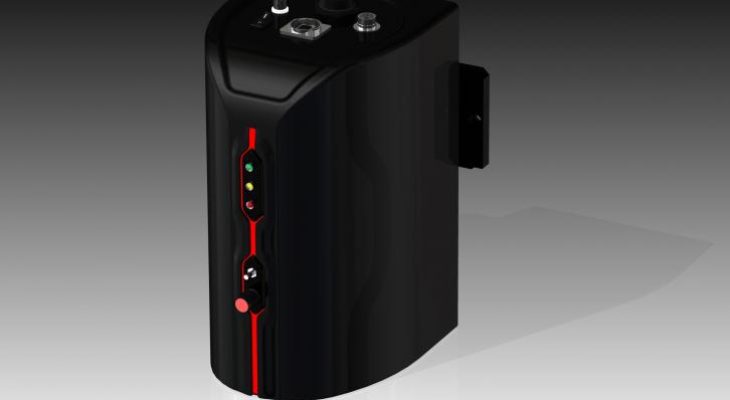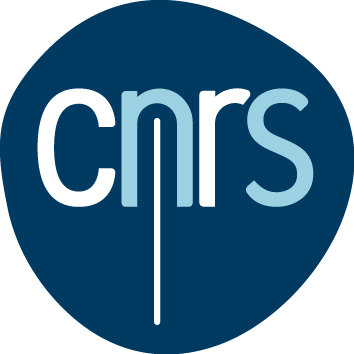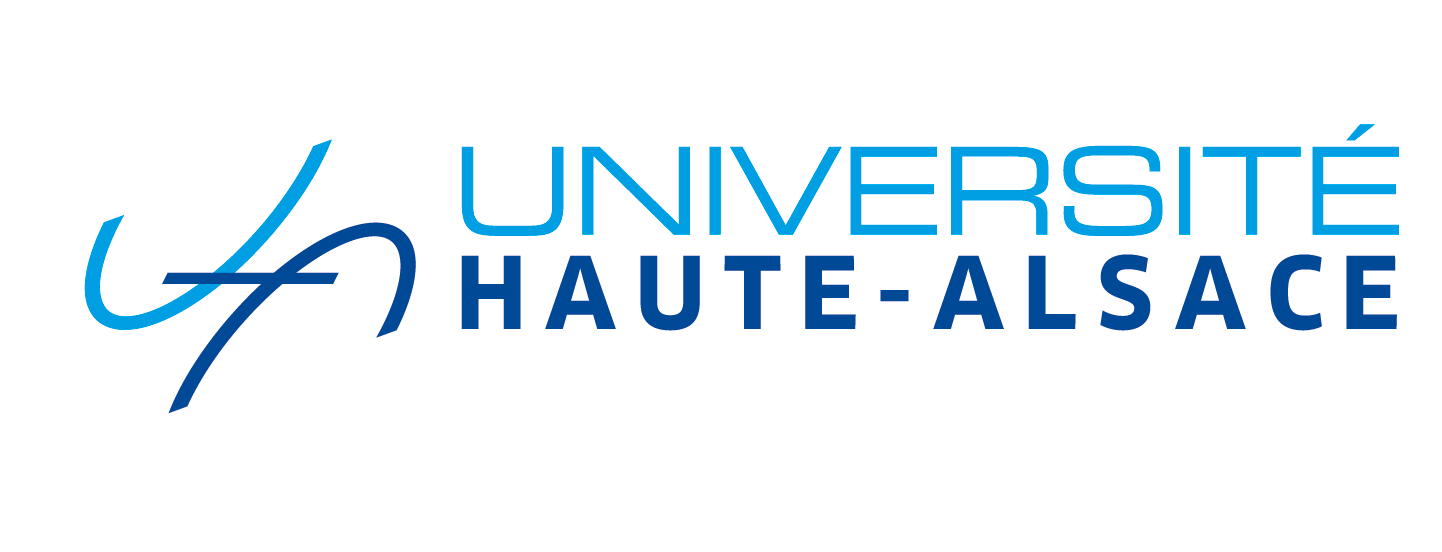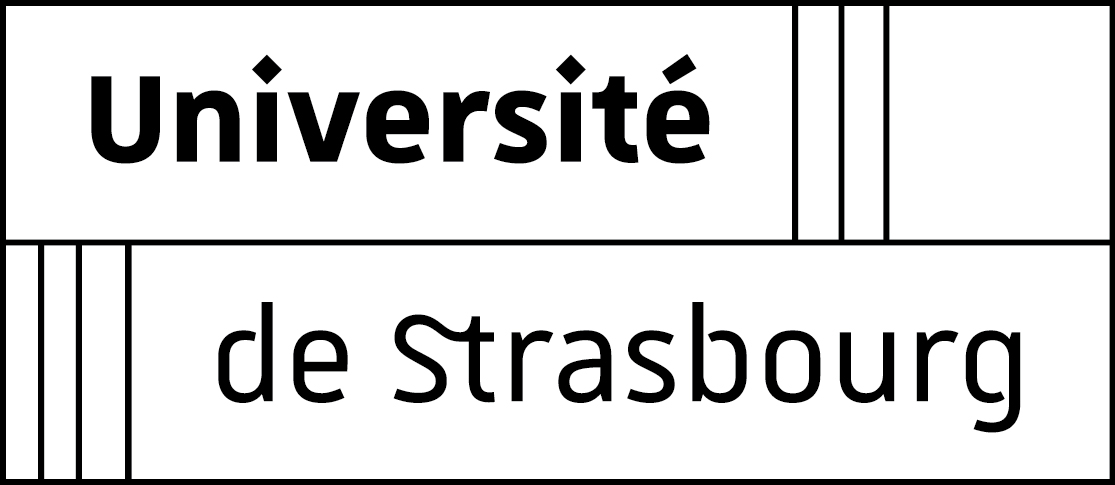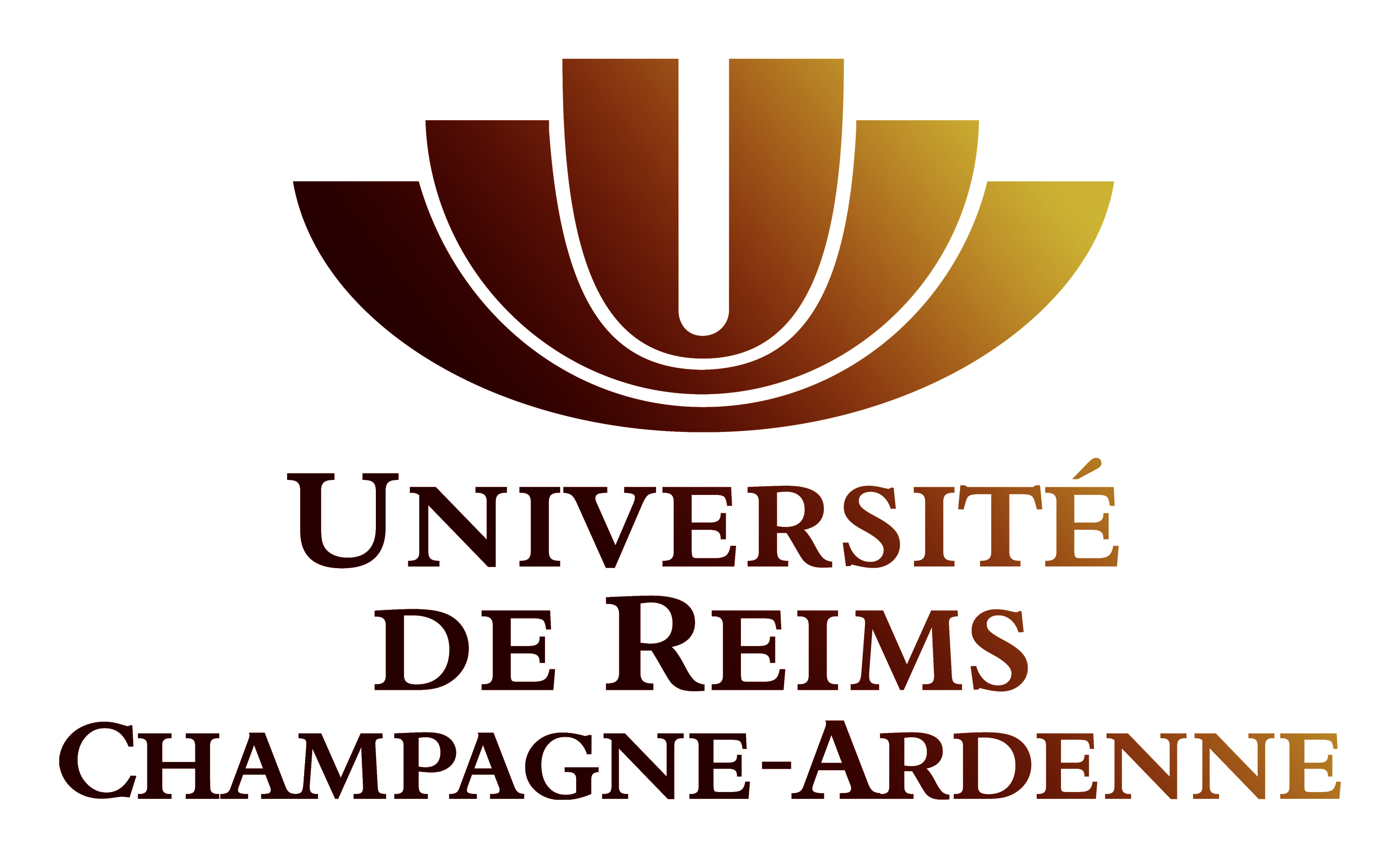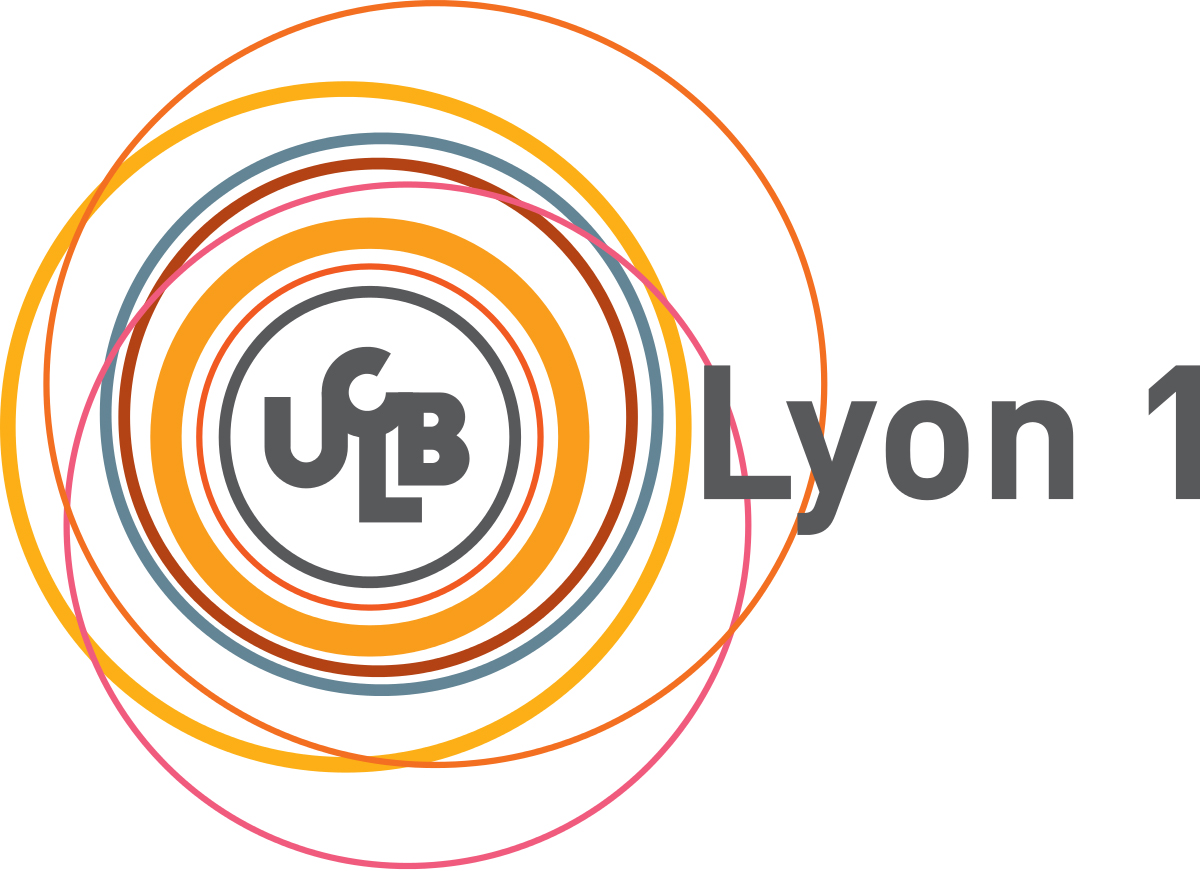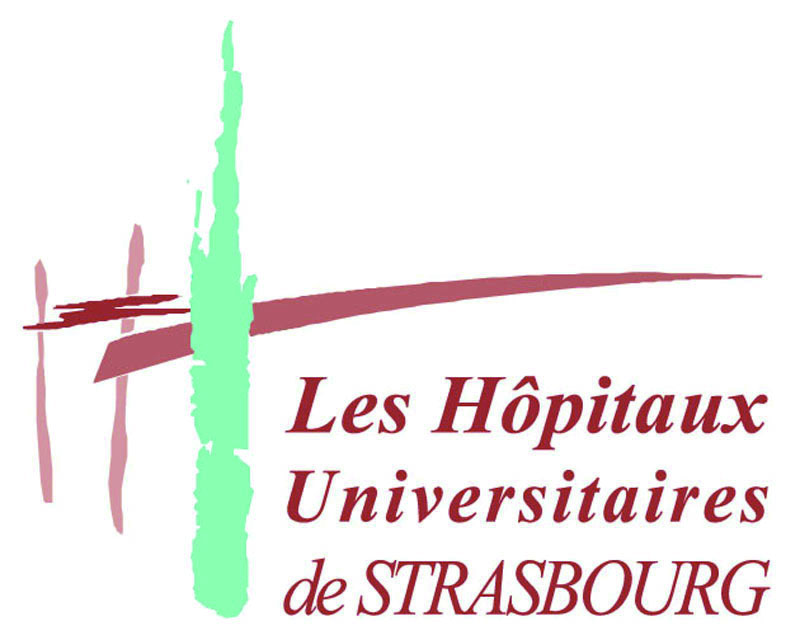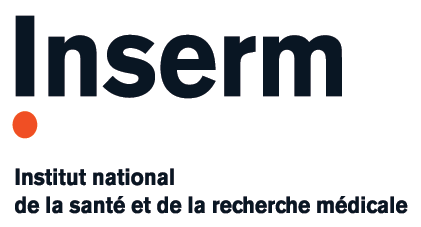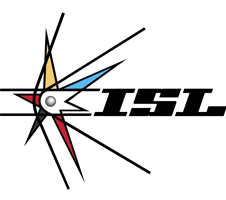Creation of Polymap
A contactless micro-geometry device for measuring surfaces in a matter of seconds.
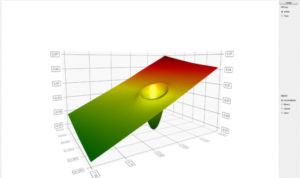 The Polymap measuring technique is based on a miniaturisation of the deflectometry principle, already incorporated in devices made by Holo3. It is specifically designed for specular surface measurements (car windows). This new device, developed by Holo3 and Institut Charles Sadron, both MICA members, measures local inclines on the surface analysed (1 million points over a 1 cm² area). This measurement is then used to produce a 3D reconstruction of the surface.
The Polymap measuring technique is based on a miniaturisation of the deflectometry principle, already incorporated in devices made by Holo3. It is specifically designed for specular surface measurements (car windows). This new device, developed by Holo3 and Institut Charles Sadron, both MICA members, measures local inclines on the surface analysed (1 million points over a 1 cm² area). This measurement is then used to produce a 3D reconstruction of the surface.
The augmented sensitivity of this process means that a polymer imprint can now be measured at micron level, comparable with measurements obtained using mechanical profilometry or interferometry. This process also has the advantage of taking a measurement in a matter of seconds, with no prior preparation or configuration of the sample.
One of the main industrial applications targeted is the measurement of fine surface roughness or microgeometry of machined metal parts. The specular nature of these materials makes them especially suited to this measurement principle, and the speed and ease in which the measurements can be taken (compared to a roughometer or point sensor) along with the density of points measured make it a very effective tool.
Strengths
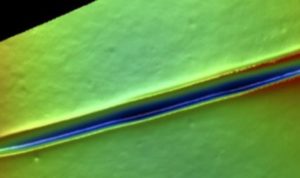
The Polymap is especially suitable for taking quick measurements and integration in a laboratory or production chain. It is presented in the form of a measuring head. The results are managed and analysed using a local or remote computer. Its basic functionalities allow users to analyse the results obtained (3D view, slope and height of surface points) and easily export them in a format readable by other software programs (ASCII point clouds).
Quality analysis
The deflectometry principle has proved extremely useful for studying the optical properties of surfaces due to its sensitivity to surface shine characteristics. It can simultaneously capture images on inclines, relief and reflectance, making it a suitable process for quickly detecting defects and non-homogeneity at microscopic level.
